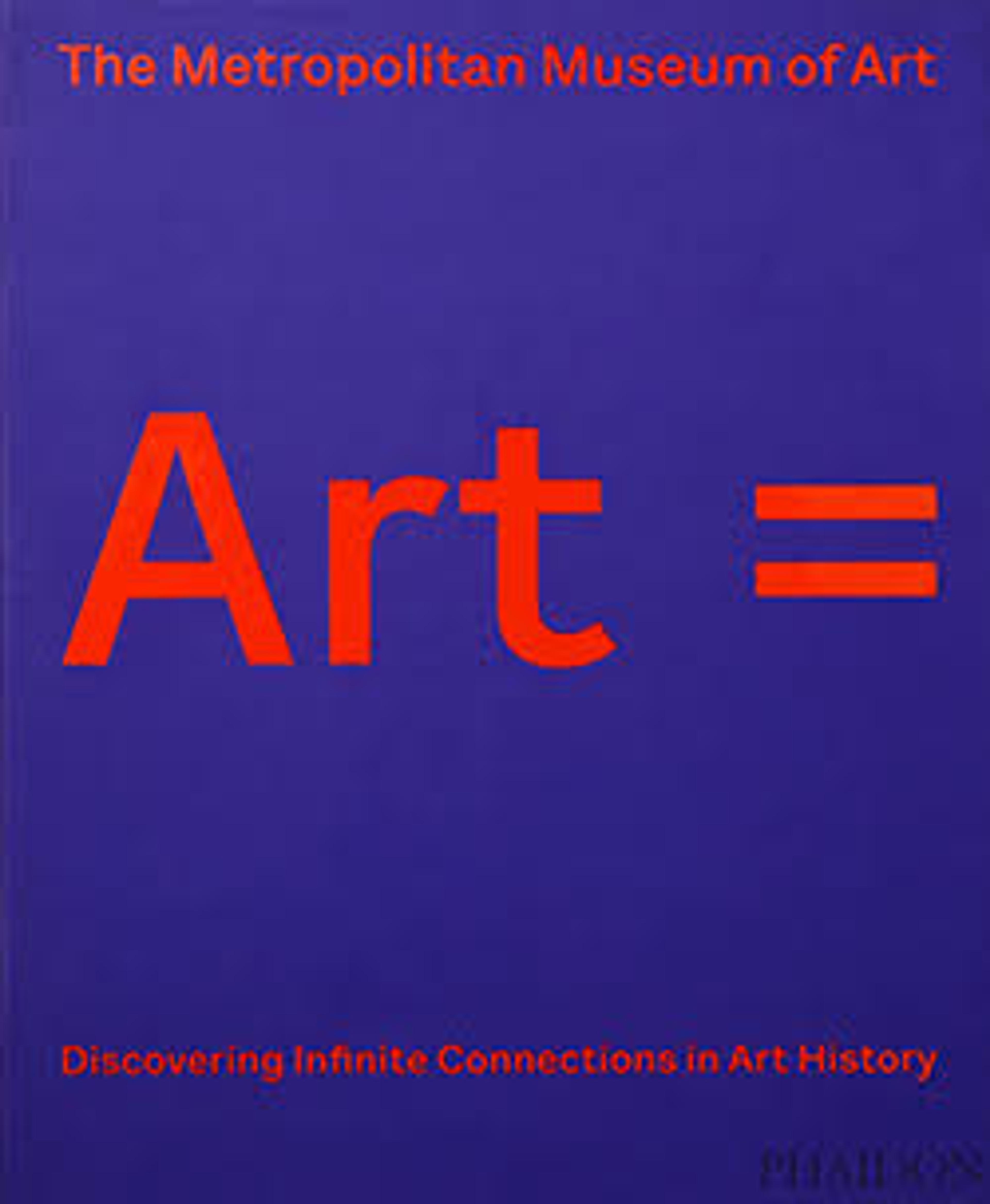Pair of gold armbands
These imposing serpentine armbands represent two tritons, male and female, each holding a small winged Eros. The hoops behind the tritons' heads were used to attach the armbands to the sleeves of a garment, for otherwise, their weight (each over 6 1/2 ounces) would have caused them to slip down the arms.
Artwork Details
- Title:Pair of gold armbands
- Period:Hellenistic
- Date:ca. 200 BCE
- Culture:Greek
- Medium:Gold
- Dimensions:Overall: 10 7/16in., 0.4lb. (26.5cm, 0.2kg)
Other (height-triton armband): 9 13/16in. (25cm)
Other (height-tritoness armband): 10 7/16in. (26.5cm) - Classification:Gold and Silver
- Credit Line:Rogers Fund, 1956
- Object Number:56.11.5, .6
- Curatorial Department: Greek and Roman Art
More Artwork
Research Resources
The Met provides unparalleled resources for research and welcomes an international community of students and scholars. The Met's Open Access API is where creators and researchers can connect to the The Met collection. Open Access data and public domain images are available for unrestricted commercial and noncommercial use without permission or fee.
To request images under copyright and other restrictions, please use this Image Request form.
Feedback
We continue to research and examine historical and cultural context for objects in The Met collection. If you have comments or questions about this object record, please contact us using the form below. The Museum looks forward to receiving your comments.
